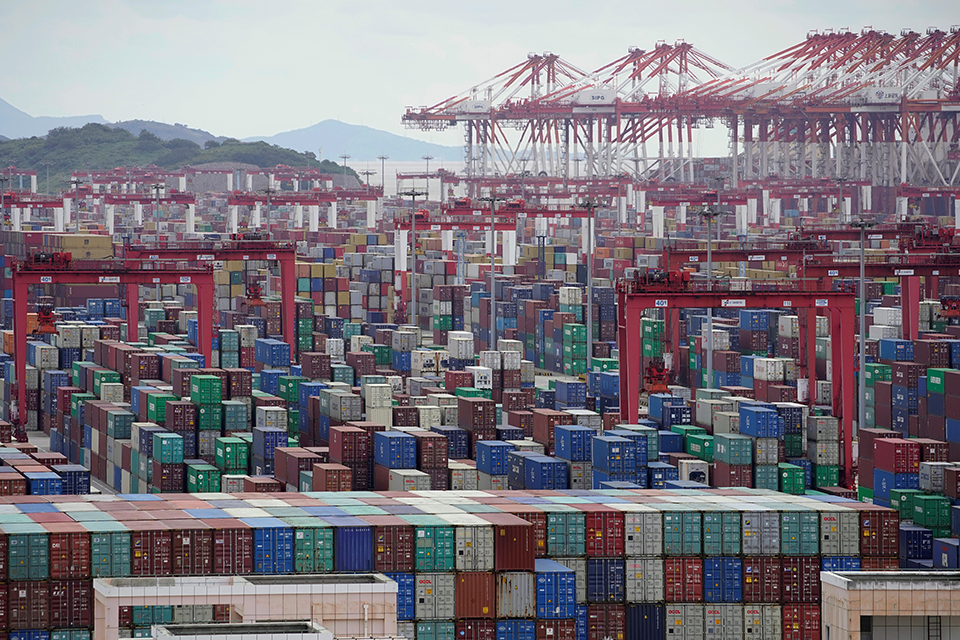part one
Ever since distributed-ledger technologies and blockchain entered the industry lexicon about six years ago, it has been widely believed that trade finance ought to be an area where this technology should excel.
It is a field crying out for disruption, with far too much paper and labour-intensive back office work which ought, theoretically, to fit quite well with distributed-ledger technologies. “Traditionally, a shipment of oil from the Middle East to Asia has taken a week, while the document has taken three weeks,” says Raof Latiff, group head of digital at DBS Bank.
Access intelligence that drives action
To unlock this research, enter your email to log in or enquire about access






